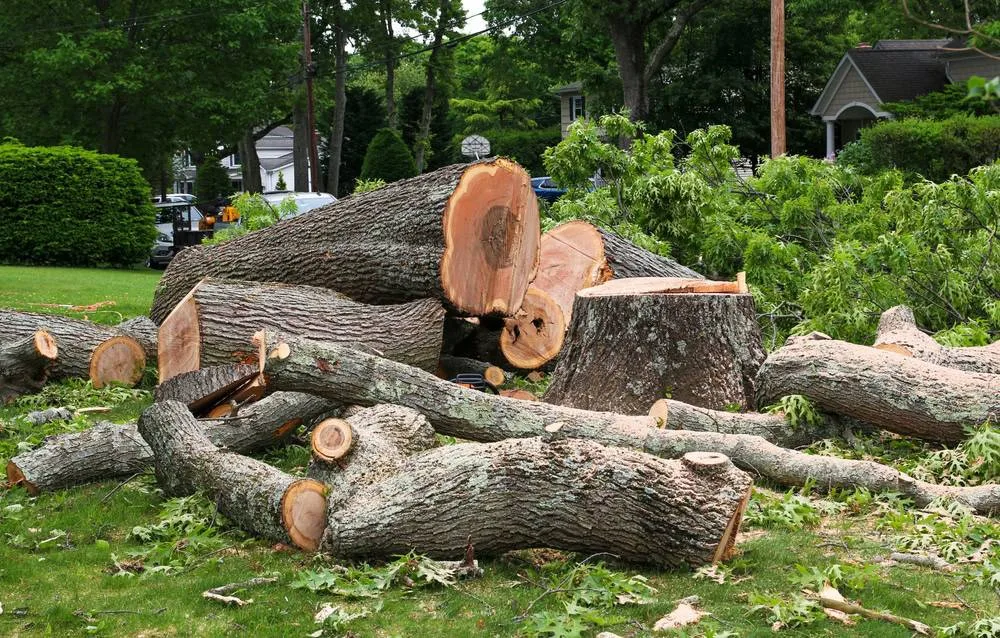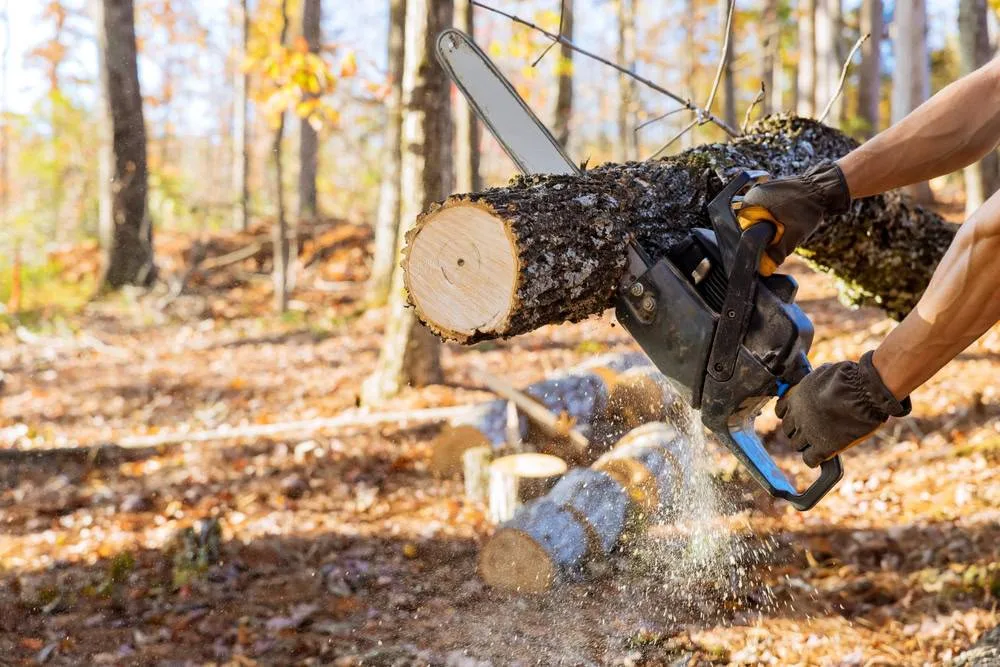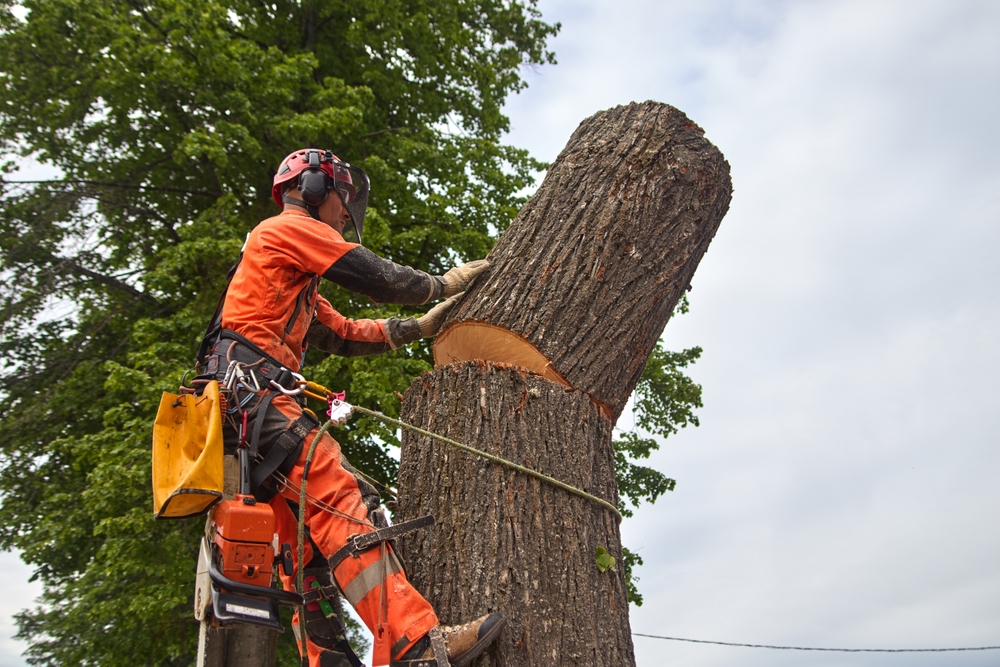Tree Removal in East Hampton, NY
Safe Tree Removal When You Need It
Professional arborists who handle dangerous trees without damaging your property or peace of mind.

Hear from Our Customers

Professional Tree Service East Hampton
You’ll sleep better knowing that dead tree isn’t hanging over your roof anymore. No more worrying about branches falling on your car during the next storm or roots slowly cracking your foundation.
When we’re done, your property looks clean and maintained. The dangerous tree is gone, the debris is cleared, and your yard is ready for whatever comes next. You get your space back without the constant worry.
Most importantly, you avoid the nightmare scenarios that keep East Hampton homeowners up at night. No emergency calls to insurance companies. No explaining to neighbors why your tree landed on their fence. Just a safer property and one less thing to stress about.
East Hampton Tree Company
Green Light Tree Services has been handling tree removal throughout East Hampton for years. We know how coastal winds affect tree stability and which species thrive or struggle in the local soil conditions.
Every crew member is licensed and insured because tree removal isn’t a DIY project. When you’re dealing with trees near power lines, expensive landscaping, or close to structures, experience matters. We’ve seen what happens when tree removal goes wrong, and we’ve built our reputation on making sure it goes right.

Tree Removal Process East Hampton
First, our licensed arborist evaluates the tree and surrounding area. We’ll identify potential hazards, check for power lines, and plan the safest removal approach. You’ll know exactly what’s happening before any cutting begins.
The removal happens in controlled sections, starting from the top and working down. This prevents damage to your property and gives our crew complete control over where each piece lands. Larger trees get cut into manageable sections that won’t damage your lawn when they hit the ground.
Cleanup is included in every job. We remove all debris, grind the stump if requested, and leave your property cleaner than we found it. You’re not left with a pile of branches or wood chips scattered across your yard.

Ready to get started?
Complete Tree Removal Services
Every tree removal includes a safety assessment, complete debris removal, and site cleanup. We bring all necessary equipment including cranes for large trees, stump grinders, and specialized rigging equipment for trees in tight spaces.
Emergency tree service is available for storm damage situations. When trees fall across driveways, damage roofs, or create immediate safety hazards, Green Light Tree Services responds quickly to secure the area and remove the hazard.
Documentation is provided for insurance claims when needed. We photograph the tree condition before removal and provide detailed reports that insurance companies accept. This saves you time and hassle during the claims process.
